This homemade Boston brown bread is a no-knead bread made without yeast and baked in a maple syrup can instead of a coffee can. It's sweetened with maple syrup instead of molasses for a Quebec twist on the traditional brown bread recipe!
What size can to bake Boston brown bread?
I bookmarked this Boston brown bread recipe that was originally published in a 2012 issue of Bon Appétit. That's a long time to hold onto a recipe. When I finally got around to making it, I had some "issues". The recipe recommends to bake the bread in two 11- to 13-ounce coffee cans. I assumed that Bon Appétit was referring to fluid ounces, therefore cans that are somewhere between 325 and 385 mL, roughly. So, when I Quebecois-ized (Quebecersized?) the Boston brown bread recipe with maple syrup and maple sugar, I figured the two empty 540 mL maple syrup cans I brilliantly have been saving for a special day would be perfect and super cute for this post. Right? Plus, I figured my can substitution would work out well because the maple syrup cans are bigger than those recommended coffee cans, according to my calculations.
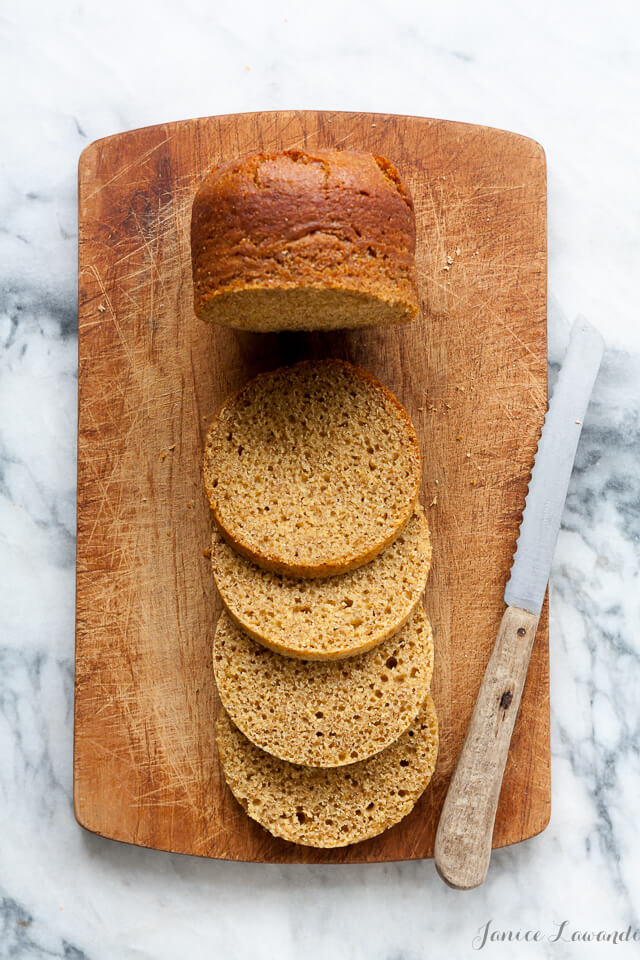
Is that scenario so hard to imagine? Plus, many Canadian coffee companies actually use cans that are a mixture of metal and cardboard, which probably isn't a very oven-safe combination and not too compatible with the water bath that the breads bake in. And I happen to get coffee from a local roaster, and he sells that coffee in paper bags, but I guess that's besides the point...
Bread steamed in a can vs baked
Can size aside, most brown bread recipes are baked in cans in a water bath in the oven for several hours but what I found here is that it takes a lot longer than the recommended 1.5 hours to get the submerged area to brown. Even after 2 hours, the browning of the bread still wasn't even. I also tried baking the bread directly in the oven, no water bath, which lead to a more even browning on the outside within an hour of baking, and I don't think the texture was any different from the breads baked in the water bath. So I don't think there's a point to the bain-marie technique, honestly.
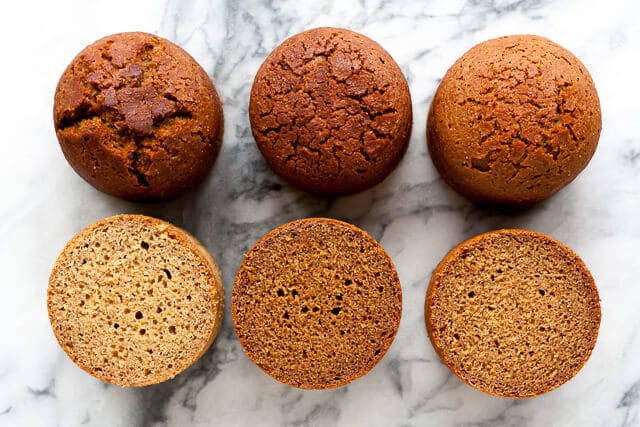
Still, I'd like to test out more brown bread recipes, or at least tweak this version here. I want to drastically reduce (if not remove) all that baking soda to see how that affects the flavour, and also to test out if the colour we are seeing is really a consequence of the Maillard browning reactions at alkaline pH or just caramelization. Plus, I'm just not sure a whole tablespoon of baking soda is necessary to get the pH high enough for browning reactions to occur. Recall baking soda is a leavening agent and we know too much baking soda in baking isn't necessarily a good thing. I keep meaning to buy pH paper and now I have yet another reason to invest. Still, this homemade Boston brown bread is a great no-knead bread recipe that I'll add to my repertoire of no-knead breads like the no-knead cinnamon raisin bread and the Irish soda bread with raisins.
All that to say this is why my letter to Bon Appétit will also suggest that they hire me, and if you are reading my post, editors of Bon Appétit, you can contact me via this form. If you want to see the results of some of my other baking experiments, check out my cake drop experiment, my sablé cookie experiment, my vanilla cake recipe comparison, and even my marmalade setting temperature experiment.
Quebec Boston brown bread recipe
This Boston brown bread recipe is another type of no-knead bread recipe that comes together like a quick bread or muffin, mixed with a wooden spoon and baked in coffee cans (or maple syrup cans in this case).
📖 Recipe
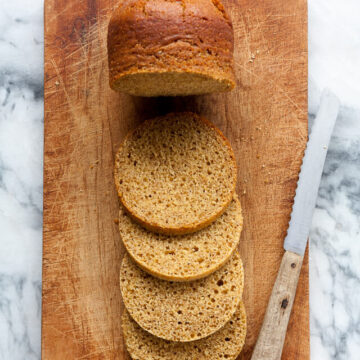
Boston Brown Bread (no yeast, no knead)
Equipment
Ingredients
- unsalted butter slightly melted, for greasing the cans
- 500 mL whole milk (3.25 % fat)
- 125 mL pure maple syrup medium or amber grade (for more flavour)
- 40 grams maple sugar
- ¾ teaspoon Diamond Crystal fine kosher salt
- 125 grams whole wheat all-purpose flour
- 156 grams bleached all-purpose flour
- 125 grams rye flour
- 52 grams cornmeal
- 1 tablespoon baking soda
- 1 teaspoon baking powder
Instructions
- Carefully grease the inside of three empty maple syrup cans using a pastry brush. Make sure to get butter in all the grooves. Set aside. Also cut three squares of foil to cover each can with, greasing one side with butter.
- Preheat the oven to 350 °F (175 °C).
- Heat the milk with the maple syrup, maple sugar, and salt until everything is dissolved (do not boil). Set aside to cool.
- In a large bowl, whisk together the flours, cornmeal, baking soda, and baking powder. Add the milk mixture and whisk until just smooth and combined.
- Divide the mixture between the three prepared cans. Top each with a piece of foil, grease-side down and secure with a piece of kitchen twine.
- Bake for about 1 hour on the middle rack.
Notes
Dimensions of 1 maple syrup can = 11.4 cm high x 8.9 cm diameter (4.5" x 3.5")


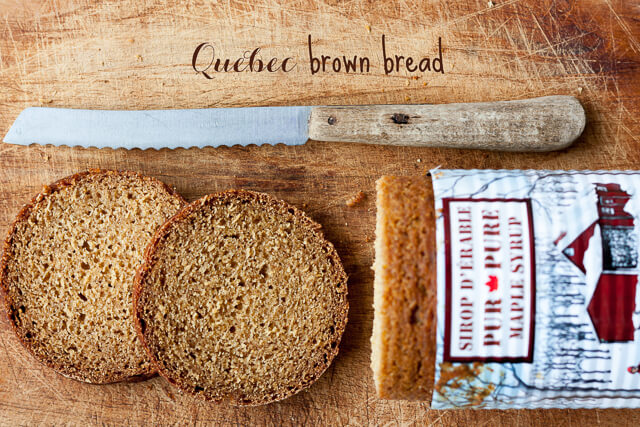
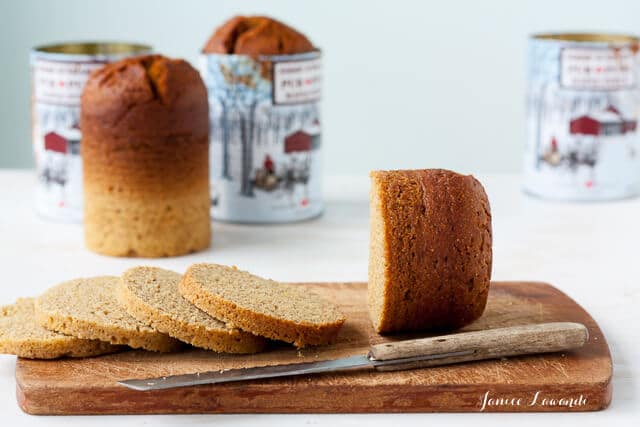

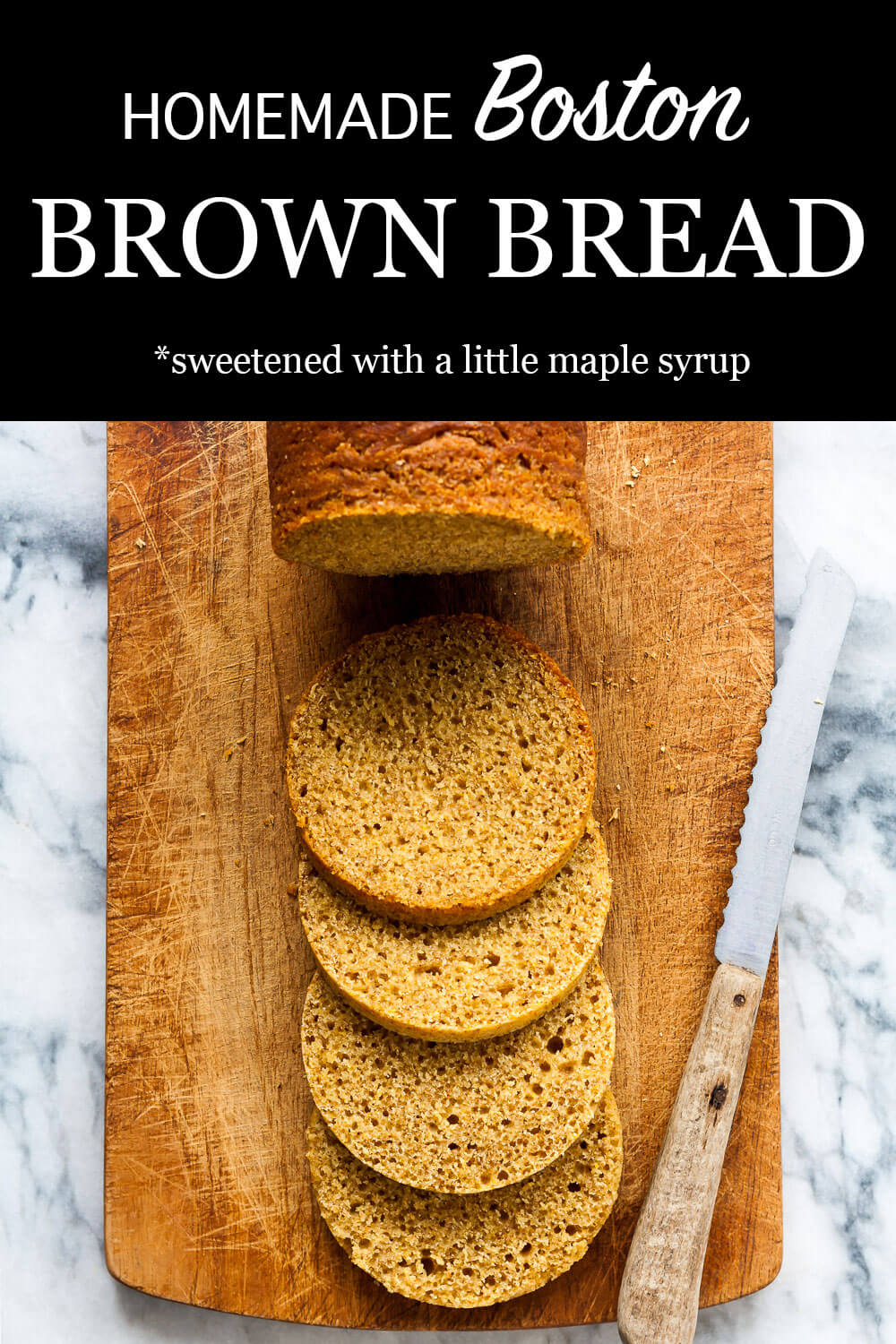
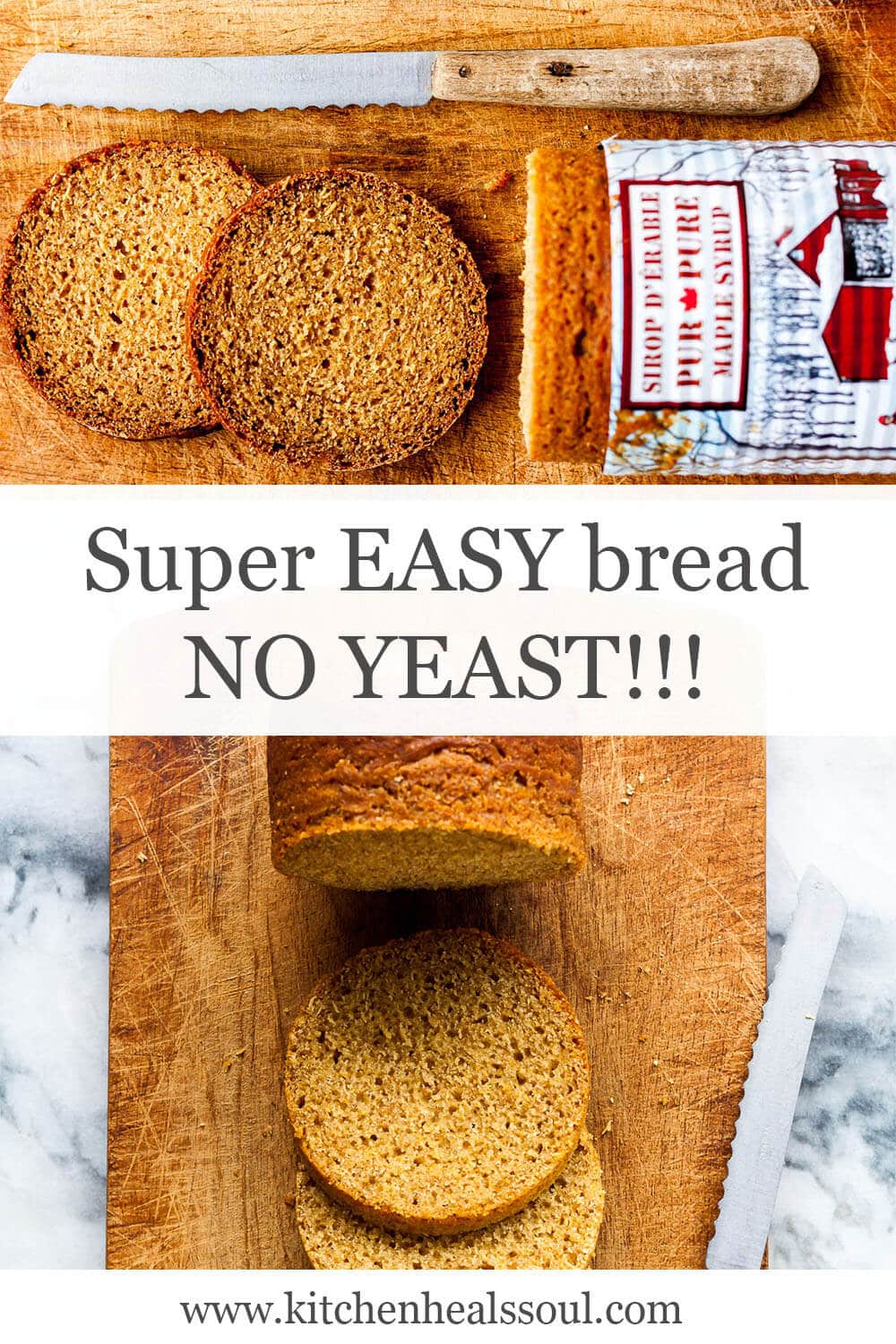
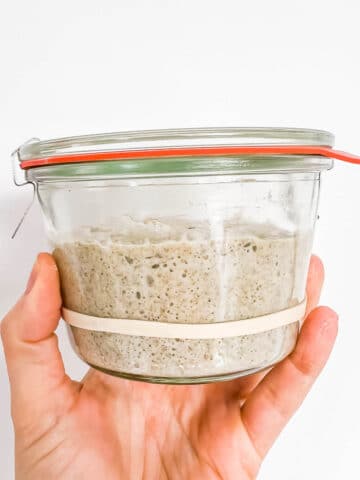
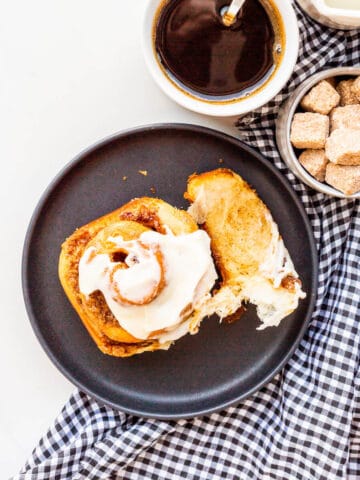

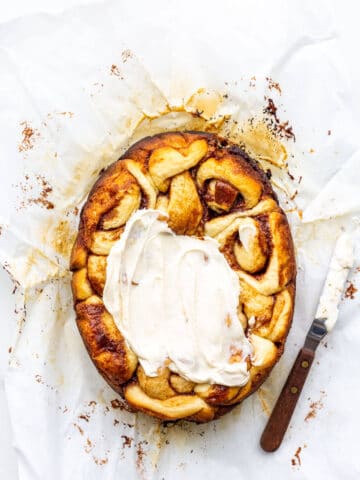
Kimberlie Robert says
Hi Janice, The only brown bread I've made is from Julia Child's ancient Baked Bean and Brown Bread recipe, and it's been years for that. Your recipe looks much better. This post is beautiful. It's so thorough and complete, and well worth my time to read through it.
It was so nice to meet you last night. Let's go for ice cream in the near future.
Thanks so much.
Isabelle @ Crumb says
I love absolutely everything about this post, but most especially the idea of using maple syrup cans for that truly Quebecois touch. 🙂 I haven't made brown bread in years and years, but now I've got a serious craving after seeing all those gorgeous loaves. I think there's some baking in my near future!
PS: Next time someone says "bloggers don't test their recipes", I'm sending them over to your blog.
Joanne B says
The New York Times has a version of this today but much more complicated than yours.
http://cooking.nytimes.com/recipes/1017377-boston-brown-bread?em_pos=large&emc=edit_ck_20150501&nl=cooking&nlid=34345335
Janice says
That is more complicated with the toasting of the rye and the whipped egg whites, and I find the egg whites odd because I thought the whole point of brown bread is that it is firm and a little denser.... Also, funny how they show a maple syrup can in the image at the top of the post, but they don't mention maple syrup at all in the recipe.
Anna (Hidden Ponies) says
Haha, they NEED to hire you, clearly. I've never heard of baking bread in a can, but it sure looks fun! I think I'd have the same trouble as you finding the appropriate sized cans 🙂
Janice says
I hope they write to me 😉
bellini says
I like the Quebecois version of brown bread with maple syrup and maple sugar. Can't wait until June when I can replenish my supply.
Julia (@Imagelicious) says
This is a really cool recipe. I saw a similar one in some magazine and they made this bread in a can at a camp in the fire.
I don't have maple syrup cans like this. I should be able to use 2 tomato cans that are 766 ml each, but do you know how long should I bake the breads for? Maybe 1.5 hours?
Janice says
Hey Julia! I suspect those 2 tomato cans must be close to the coffee cans the recipe originally called for and Bon Appetit said they took 1.5 hours in a water bath in the oven. I think they'd take at least that, if not longer, but honestly, you can always pull them from the oven to check. I found when the breads were baked, a skewer inserted in the middle of one came out almost clean and the tops were very firm when pressed. And if you bake them directly in the oven (at 350ºF), I'd check them after a good hour.
I hope that helps somewhat and please let me know how it goes!
Karen Ahmed says
What a fabulous post!!!!!! Never thought of baking in a can!
Teresa says
I think there is a host of assumptions found in American recipes that can be very frustrating for the Canadian cook. Our cookbooks tend to have an international sensibility that American (and some British ones, for that matter) lack. Good for you for figuring it all out. I might have just given up and broken out the muffin pan.
Janice says
Assumptions are the worst because they lead to a lot of struggling, clearly! I guess I probably make assumptions too when I develop recipes. It's an interesting topic to consider every time we work on a new recipe: are we making an assumption that our readers might have trouble with, whether it's the way we measure or a weird technique...
You know, I was so annoyed all I could think about was finding a third can and didn't even consider a muffin pan, hahaha!
Shareba says
So THIS is what you were making with the cans!
I hate when a recipe leads me astray like this. It's SO frustrating - especially if you discover that you don't have the proper vessel to cook the dish in. I bet all 5 of your loaves still taste amazing though 🙂
Janice says
All 5 loaves were belly approved 😉
Meaghan says
Love this post and your inner nerd for conducting this experiment! Hope you hear from Bon Appetit 🙂
Janice says
I hope I hear from them too! I will report back if and when they do 😉